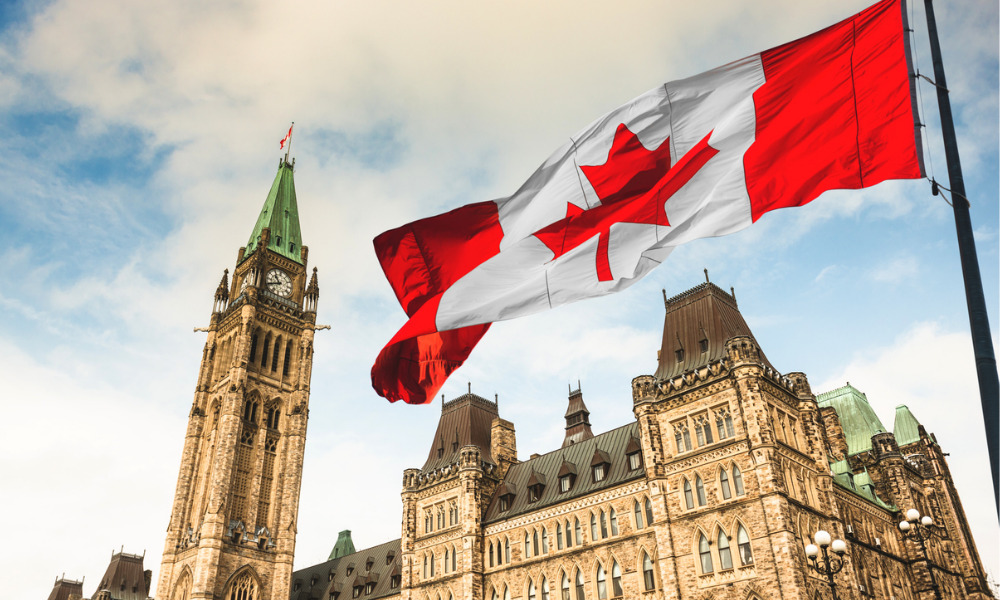Paid leaves, employment equity and labour mobility among priorities for feds

From an HR perspective, the federal Budget 2022 has plenty to digest.
Paid leaves, employment equity and labour mobility among priorities for feds

From an HR perspective, the federal Budget 2022 has plenty to digest.